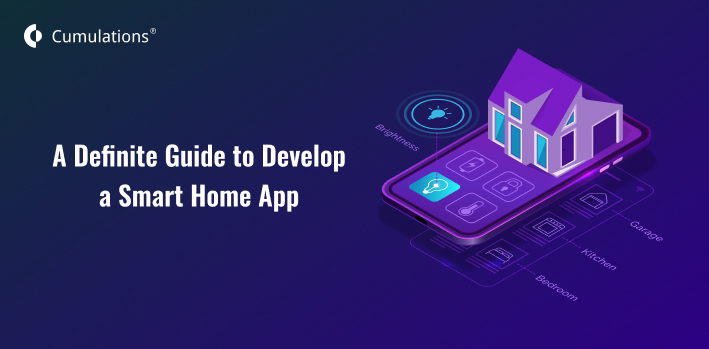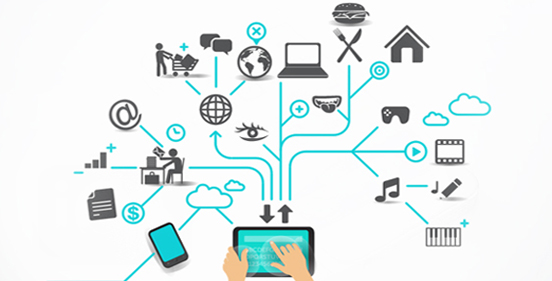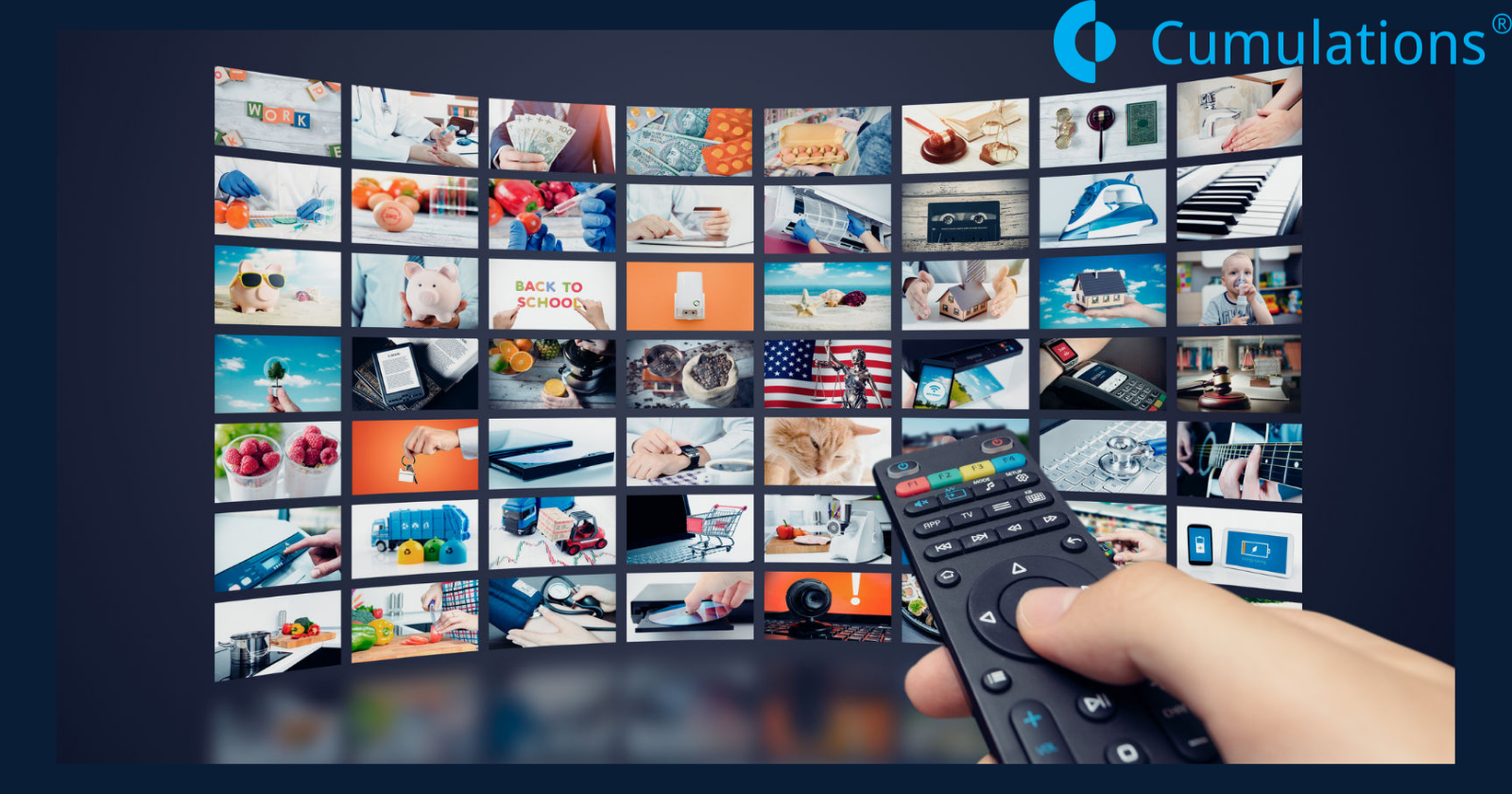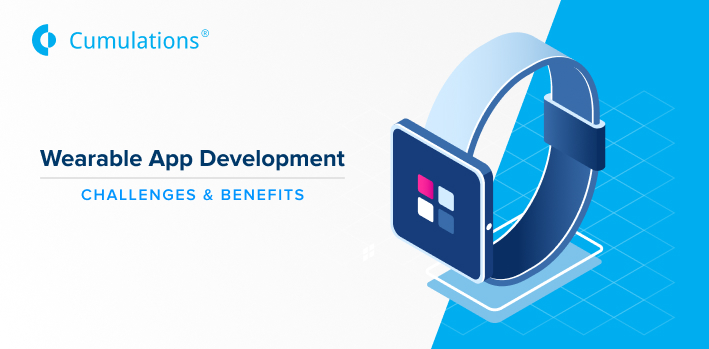
Are you someone who is looking forward to building the next big smart home app? Is it integrating with your hardware product? Or just a bare-bone app to ease your customer pain points?
Research shows that almost 50% of the users are actually able to save a ton of time and money, all thanks to their home control system. The sole idea behind this article is to make you aware of the ins and outs of developing a smart home app.
What Exactly is a Smart Home App?
A smart home app, also commonly known as the home automation app, is actually a mobile application that can be used to remotely access, manage and control any non-computing devices with the house. These apps can have single purposes, such as turning on and off light bulbs or control a fully automated house. It all comes down to the usage of the application and the developer’s approach to it.
Core Features of a Smart Home App
Down below is a list of the major functionalities, that a smart home app must include:
User Registration: It is imperative to understand that for a typical home automation app, you can’t go with simple registration methods. Signing up through social media poses a threat to data security. So, what you can do instead is to ask for the name, phone number, and email address of the user, followed by a verification code. This will keep the registration minimal while providing you with better control.
User Profile: For the automation app works, one can add an admit and general user profile. It is relatively simple, if you are using the Flutter app development. The admin panel will provide the user with all the flexibility of controlling the home while the user profile can only provide limited access, as stated by the admin.
Onboarding: Just think of it for a second. How soothing does it feel, while the application comes with an introduction and walkthrough guide to ensure that the user doesn’t miss out on important aspects of the app. There are a plethora of ways in which you can present the guide, including audio and video presentations.
Device Page: It is one of the must-have for a home automation application. This particular page will define the various smart devices that are connected to the hub. For instance, these could include lights, thermostats, etc.
Sensor Page: The individual pages that are dedicated for each device. It incorporates all the parameters for the overall management and configuration of the device.
Room Selection: An added feature for all the users who have their entire house automated. This could enable the user to select the room as per their preference and control the parameter. It is fairly possible using the top 10 AI framework tools that the market has to offer.
Notification: The notification panel is by far the most crucial aspect of developing a home automation app. Interacting with it will enable the user to actually monitor what’s happening within the house. Different instrument indicators can be applied for different circumstances. These include alarm, flooding, and smoke alerts.
Intuitive UI: The very reason this particular aspect has been kept at the bottom is because it’s completely subjective. It all depends on the UI/UX designer and the app developer, how they want to proceed with the design and make it as intuitive and interactive as possible. Neither less to say, it all comes down to the ease-of-use and how the user interacts with the interface.
Smart Home App Development
In the previous section, we have already discussed some of the core features that go into making a home automation app. Down below is a detailed list of the entire development process of smart home apps:
1) Consultation and Prototyping
Getting the right prototype for the app is, by far, one of the most critical stages of app development. First, all the company needs to determine the sole purpose of the application, along with the number of devices the app can influence. That being said, it is also important to consult regarding the complexity of the application.
2) UI/UX Designing
Making the company user-friendly is one of the prerequisites that every other software company should follow. It should never be over-complicated. The sole idea should be to provide as seamless UI design as possible.
3) Software Development
The software development process ensures how the company wants to proceed forward with their application. The smart home application should be a robust solution, along with safe and easy to use. Seamless integration with all the sensors and devices should be kept at a higher priority.
Along with emphasizing the mobile software, the company should also invest in a secured cloud storage facility. These ensure that the user data remains readily accessible whenever necessary.
4) System Integration
Followed by the software development process, comes hardware integration. After all, what’s that point of creating a smart home app, if it can’t interact with the available hardware? For better integration, the company should never emphasize on a particular manufacturer but rather provide flexibility to its users.
5) Support
Lastly, software support plays a vital role in keeping up the efficiency. The company should be able to regularly provide software upgrades while fixing minor bugs in the meantime. Better engagement with the end-user will ensure to have a better insight into their software.
Biggest Advantages of Using Home Automation App
Smart home automation is not just about keeping up with technology. It has a greater purpose, and homeowners can really reap some of the great benefits from it too.
Managing Everything at One Place: Convenience is by far, one of the biggest driving factors for smart home apps. Being able to manage the majority of the home devices from one place steps up the way we perceive technology. Further including, it cuts out the entire learning curve that comes with understanding new functionalities from all the devices. It is either your smartphone or tablet that does all the tasks for you.
Becoming Energy Efficient: Last but not least, depending on how you are using your smart home, you can actually become far more energy-efficient. You can have more precise control over your appliances then you ever had before. So, these make sure that you are not wasting energy unknowingly.
Useful Tips Towards the Perfect Smart Home App
Bear in mind that the mobile app should work on all the different platforms. It comes down to the choice of the developer, whether to use native or hybrid mobile app development. But for starters, one can focus on a single platform like Android and gradually stepping up the ladder with iOS devices.
If money and other resources become a huge concern, it is always advised to develop an MPV model, containing limited functionalities. Over time, one can work on the same application while adding a new feature.
Paying attention to the interface of the application is very crucial. Targeting the majority of the demographics should be the first concern. Take assistance from a UI/UX expert to create an intuitive and easy to understand UI.
Final Takeaway
In this article, we have talked about some of the fundamentals that actually dictates the smart home app. It is imperative to understand that using the same approach towards development will ensure that your users will get an enriched experience. So start incorporating the pointer, and your application will boom in no time. You can approach a Google Home Actions Development Agency to develop an amazing smart Home App.


 +91-984-5825982 | +91-996-4689921
+91-984-5825982 | +91-996-4689921 sales@cumulations.com
sales@cumulations.com Send your requirement
Send your requirement 



